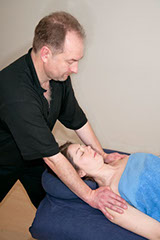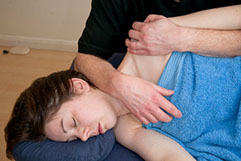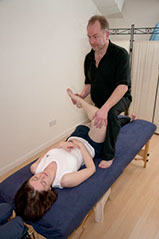

Coronovirus COVID-19
IMPORTANT INFORMATION
Brief History of Massage
Massage has been around for many years in various forms.
Records suggest that the Chinese have used it from as early as 3000BC.
 Throughout history many cultures have incorporated massage into everyday life as a means of staying healthy.
Throughout history many cultures have incorporated massage into everyday life as a means of staying healthy.
In the West, massage is largely based on a series of strokes and movements, developed in the 1800's by Swede Henrick Ling, and is commonly referred to as Swedish massage because of its association to him.
More recently many forms of bodywork have evolved. Some of them have their own branches e.g. osteopathy, chiropractic and cranial-sacral therapy, whilst others may be included within the description of Clinical Massage. Please see the page on Treatment Techniques.
Furthermore the National Institute of Health and Clinical Excellence (NICE) in their Clinical Guidance 88 refers to massage as a treatment for non-specific back pain.
Excellence (NICE) in their Clinical Guidance 88 refers to massage as a treatment for non-specific back pain.
www.nice.org.uk/nicemedia/pdf/CG88NICEGuideline.pdf
Holistic Approach
 The name is derived from the Greek "Holos" meaning "whole" and the holistic approach takes into account not only a person's physical condition, but also the other factors affecting a person's wellbeing e.g. psychology, nutrition and the environment and the effect these have on the body as a whole.
The name is derived from the Greek "Holos" meaning "whole" and the holistic approach takes into account not only a person's physical condition, but also the other factors affecting a person's wellbeing e.g. psychology, nutrition and the environment and the effect these have on the body as a whole.
Rather than just treating the symptoms of a condition a holistic approach aims to understand the causes; e.g. has a trauma been experienced (for instance, whiplash), does the client suffer from long-term poor posture (working at a computer for extended periods) or are there emotional issues (stressful job or relationship).
A holistic approach therefore aims to help the body return to its natural balance or "homeostasis".